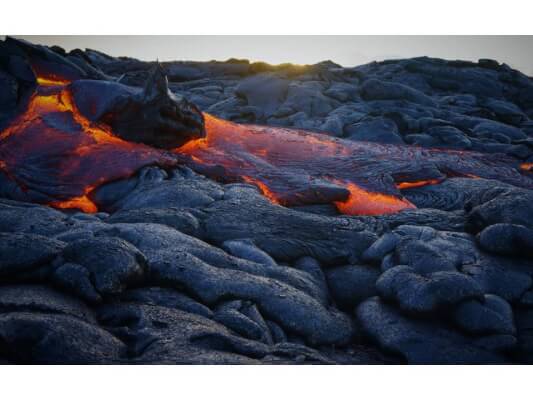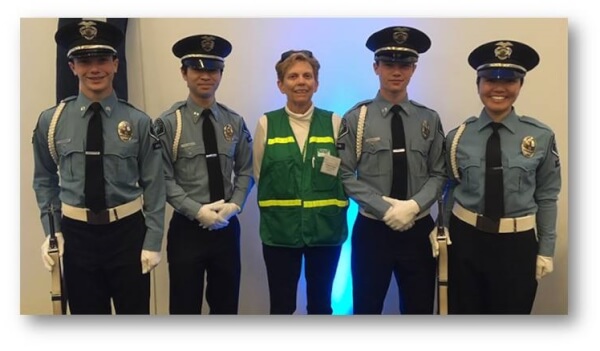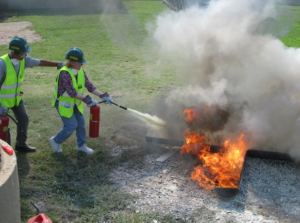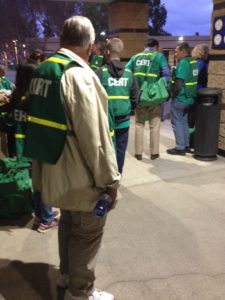Your Survival Kit – Just “a Preparedness Placebo?”

I first saw this “placebo” expression a week ago in an article on LinkedIn. I liked the article (about the failings of FEMA) and liked the expression, in particular. It inspired me to write again about survival kits!
Just as a reminder, a “placebo” is defined as “a harmless procedure prescribed more for a psychological benefit than for any physiological effect.” (Other words that appear in other definitions for placebo are “fake” and “inert.” I love words!)
Do you have a survival kit?
As you know, we recommend kits for everyone, and often more than one per person. One of our most widely read articles offers a handy chart to help you figure out how many you need.
Could your current kit be considered a “placebo?”
- A harmless survival kit would probably be a kit that contains just a few miscellaneous items and hasn’t been updated or replenished in a long while. Actually, this kit might actually be harmful if you are counting on it to meet your needs in a real emergency.
- What psychological benefit do you get from your survival kit? Do you feel you’ve done your part? Taken all the steps that could logically be expected of you? Does your kit give you actual peace of mind?
How do you answer? Unfortunately, in answering this question, many people who own pre-built survival kits will have to agree that their kits ARE placebos.
What makes a “real” disaster kit?
It’s going to be one you built yourself!
Whether you call them disaster kits, preparedness kits, survival kits, 72-hour kits – doesn’t matter. Putting them together yourself offers important benefits.
- Figuring out where you need kits – at home, in the car, at work, at school, on vacation – starts you thinking about all the potential threats you and different family members face.
- Building a kit for yourself and another one for your 8-year-old makes you realize that one size does not fit all. Why, your identical twin would need different stuff than you need!
- Packing for self-sufficiency for 72 hours – and getting it all into a kit you can carry — makes you realize what is really essential and what is a convenience you can do without.
- Sorting through a first aid kit, a set of hand tools or a box of snacks forces you to evaluate benefits, uses, and quality of each item. You’ll discover you want the best, not the cheapest.
What goes into every “real” disaster survival kit?
I am assuming that since you’re reading this at Emergency Plan Guide, you already have an idea of the basic list.If you need a review, here’s a link to our lists. (The first list is the basic 72-hour list – pick what you can use.)
How should I customize my kits?
Here’s where your disaster kits stop being “placebos” and start being really meaningful to your successful survival!
We’ve pulled five interview questions from our Survival Kit Workbook, so they may be familiar to you. They’re worth answering again.
Question #1. What emergencies could actually arise?
Your answers will depend largely on where you live. For example:
- Sun. Say you live in the moderate climate of Southern California, and have everything organized for that. But, you decide to drive from LA to Las Vegas! Now that takes you into real desert! If your car broke down you would need MORE water, sunscreen, hats, dark glasses, maybe even reflectors (mylar space blankets) to stay alive! Add these items to your car kits as necessary. (Also, don’t start walking . . .)
- Damp. Whether you live in the jungle, or take a trip there, you don’t want to forget to pack a poncho and rain hat, mosquito repellent, snake bite kit, etc. Once again, your pre-built kit may have a poncho, but is VERY unlikely to have any of these other items. Don’t forget a plastic bag to pack INSIDE your kit to keep things dry, and another one to put OVER your kit to keep things dry!
- Cold. Most life-saving items for extreme cold won’t fit in a regular back-pack, so if you live or travel in these conditions, pack a second bag with gloves, boots, warm hat, a cold-weather sleeping bag, hand warmers, fire igniter.
- Coastal area. It’s probably going to be cold even in the best weather, so consider warm clothing. If there’s the possibility of flooding, have an escape tool that will get you out of a seatbelt and out of a car being threatened by deep water.
- Hurricane or tornado zone. You want to know when the storm is arriving! So have an emergency alert radio or mobile phone app for warnings. Have storm or rain gear. Consider tools to help you escape from a damaged building, and a signal device to warn rescuers if you can’t escape.
- Earthquake. Add to your escape tools and signaling devices some extra items to help with digging out – like gloves and a dust mask.
We’ve mentioned natural disasters. Don’t overlook man-made disasters that could require special equipment, too! The list is long: bomb blast, gas line leak, power failure, water supply problem, etc. We’ll take a look at the whole list another day. Back to the interview questions.
Question #2. Where am I likely to be when disaster strikes?
If you are a commuter or driver (soccer mom), you could be in your car. Your car survival kit should include the basics, plus specialty items like decent walking shoes, maps (GPS may be out.) and car safety gear in its own pack (flares, tools, etc.).
As a student away from home, your dorm room or apartment is where you’ll want to store your kit. Be sure it has the basics, plus a copy of the family emergency contact list!
If you are retired, spending most of your time at home in familiar surroundings, your kits can be handy in the closet or near the door. Don’t forget to include medicines enough for 3 days. (If you had to leave home, it might take that long to get hold of replacements.) How about glasses, hearing aids and batteries?
Do you have pets? They’ll need kits, too! Start with a container, and put into it leash, food, dish, pee pee mats and/or dog poop bags. Don’t forget medical needs and a photo ID of you and the pet together. (Don’t want a lost pet sent off with the wrong person.)
Question #3. How capable and strong am I?
There are some pre-built kits on the market that are very complete – and they weigh so much you probably can’t lift them! So, can the person the kit is meant for actually carry it? Unzip and unpack it? It makes no sense to have a full kit for someone who can only manage a half dozen items in an old purse.
Your general level of competence will also have something to do with whether you pack these items: cash, keys, copies of important documents (on flash drive, I hope).
Question #4. What skills do I have and what tools could I realistically use?
One of the most popular items for a kit is a multi-purpose tool, with knife blade, scissors, can opener, pliers, etc. However, not everyone can use one of these. Some people wouldn’t even be able to open it! Maybe a simple knife or pair of scissors would be better suited. Don’t include items – tools, medicines, rope, matches, weapons, etc. – that waste space or worse, become dangerous in the wrong hands.
Question #5. Where will I store my kit?
We already talked about this. The idea is to have the kit handy, so you can grab it and go.
It doesn’t make sense, by the way, to broadcast that this is a survival kit. Avoid bright red cases with the words “Emergency Supplies” on them! We prefer non-descript or even used backpacks or duffle bags.
Whew. We jumped right into this, didn’t we! But I am confident that if you answered all the interview questions, and made appropriate adjustments to your survival kits, not one of them could be considered a placebo.
Here at Emergency Plan Guide, our kits are “the real thing!”
Virginia
Your Emergency Plan Guide Team
P.S. What have you included in your survival kits that wasn’t mentioned here? Let us know so we can add it!




 “It’s just part of living here,” one of Hawaii’s residents is quoted as saying over the weekend. He wasn’t planning to evacuate from his home, even though fissures were opening in his neighborhood and lava flows from the Kilauea eruption on Friday were approaching. “I’ve been through this a dozen times.”
“It’s just part of living here,” one of Hawaii’s residents is quoted as saying over the weekend. He wasn’t planning to evacuate from his home, even though fissures were opening in his neighborhood and lava flows from the Kilauea eruption on Friday were approaching. “I’ve been through this a dozen times.”













